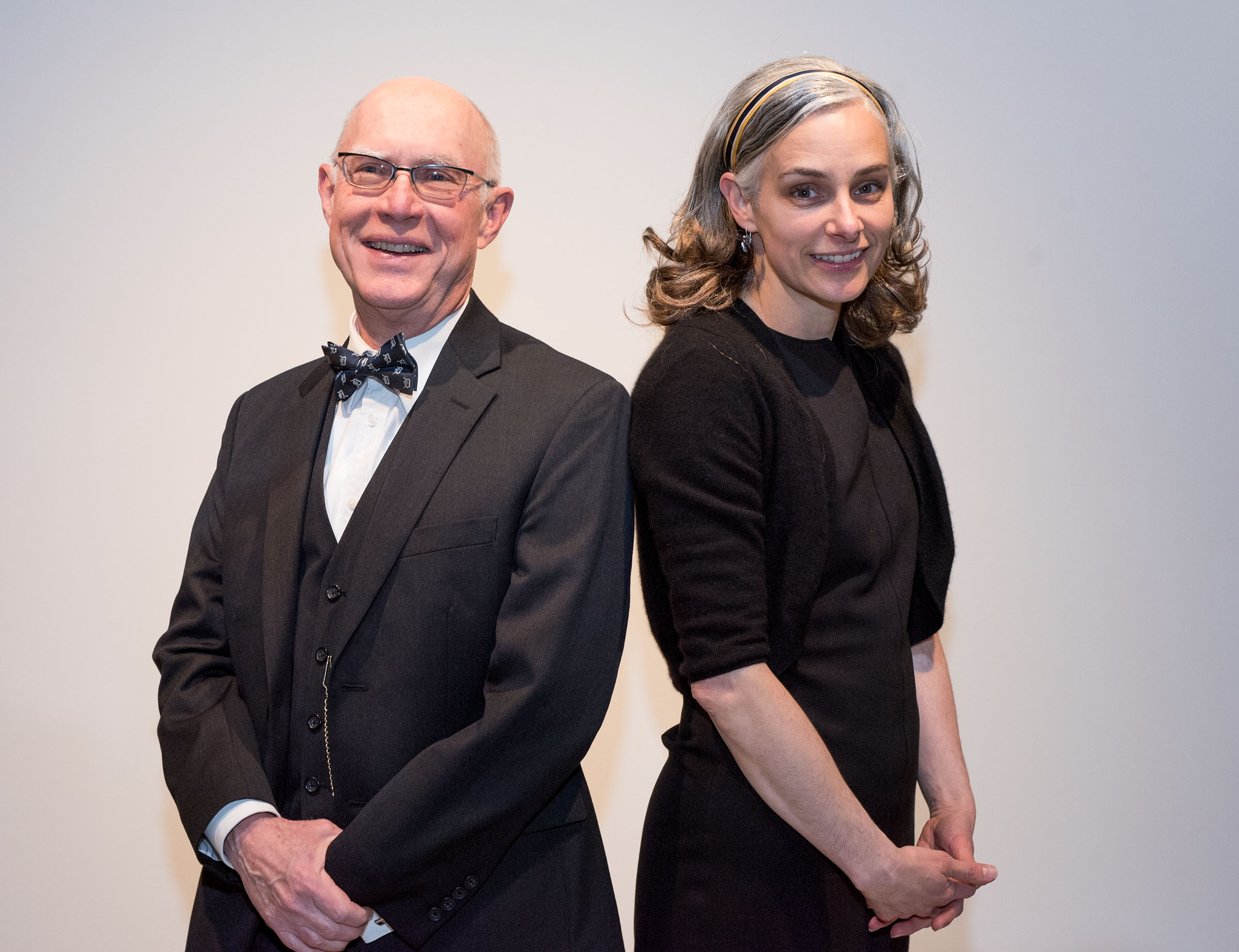
Expanding the design charrette model popular in architecture and design practices, the team behind Hacking Health has developed a hybrid model that amplifies the power of the “pop-up” meeting between users and designers by using it to jumpstart a semester-long design studio.
A design charrette is an intensive, cross-disciplinary workshop involving a group of stakeholders to address a problem area and to inform design of products, services, and systems aligned with the needs of users. In each charrette event, students worked in interdisciplinary teams with faculty, researchers, health practitioners, and community members drawn from the target population. Following the charrette, students working in teams of 4 or 5 built on the insights generated in order to deepen their understanding of users. In a course setting, they develop and iterate physical prototypes in response to user feedback, understand technical viability and usability, and then plan businesses to engage in an economic competition with other teams.
Teaching human-centered design is more effective when students gain hands-on contextual understanding of users/stakeholders, and the “follow-on” Integrated Product Development (IPD) course harnesses the power of that interaction to inform a sustained exploration of design principles. Hacking Health provides an exemplar of how to immerse students in experiential learning that prepares them to work with multiple communities of interest and to use design to contribute to the greater good in ways that extend beyond one-time community contact.
Student Comments
As an end-to-end process, we designed and developed a product to solve mobility challenges in a geriatric population. The emphasis on ‘user-centered design’ made me truly empathize with users and carefully create solutions for them.
The charrette worked with stakeholders, including students, faculty, children, and researchers across the design, health, business, and engineering community, to gain a greater understanding of today’s challenges in pediatric populations.
The design charrette day resulted in empathy maps and user profiles, storyboard ideas for effective self-management of personal care, and ideation exploring potential interventions.
The design charrette taught me two things: 1) a generative design research method where multidisciplinary people share their knowledge and work together on a problem statement to co-create, and 2) not only how to facilitate, but how to encourage people in groups to share, engage, and collaborate to co-create.
Working with teams that included international students and graduate students with significant industry experience, I gained an understanding and appreciation of how to align a team comprised of a diverse range of experiences and perspectives.





